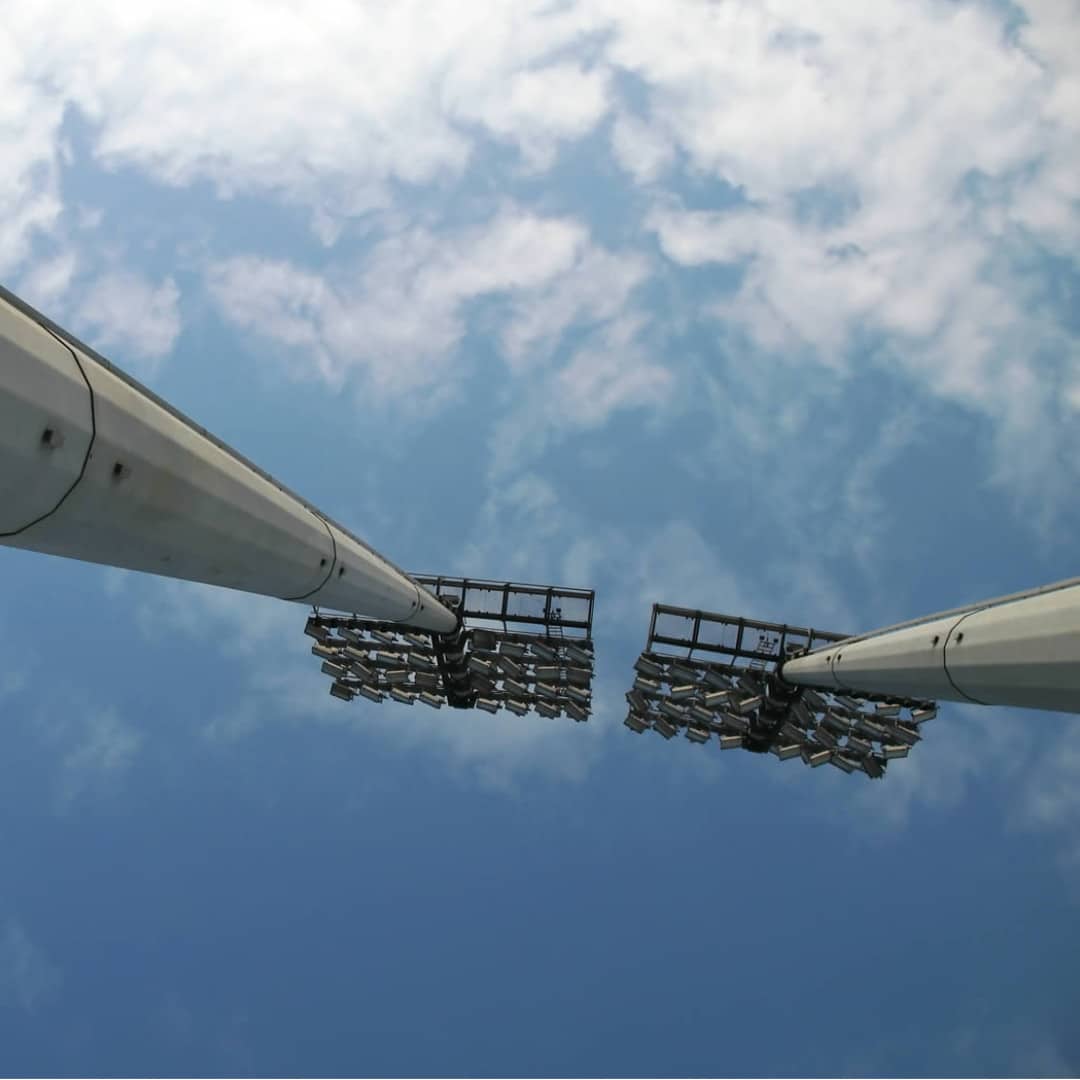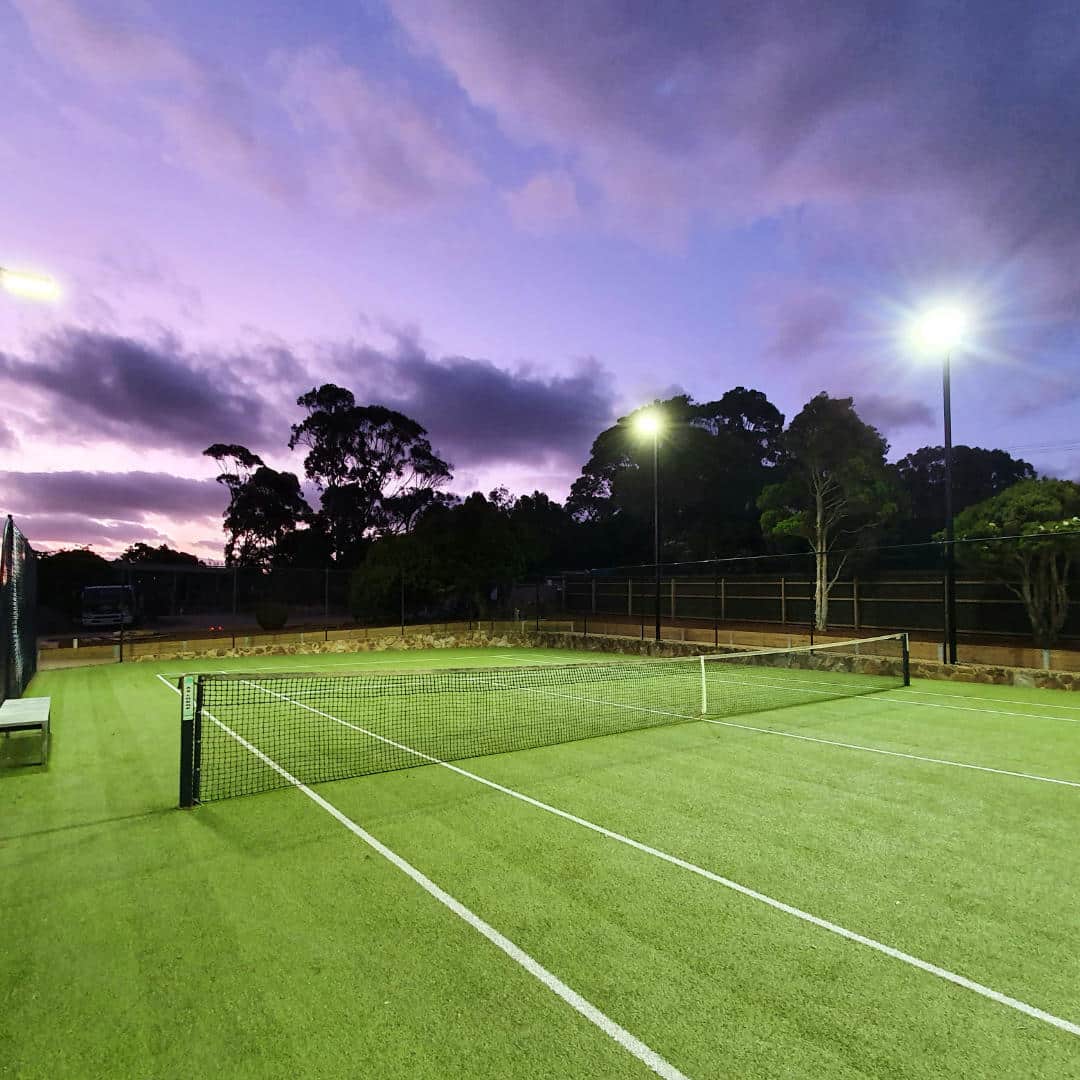
When we talk about efficiency there are a number of elements to this which we need to understand before commenting on ‘efficiency’.
In different industries, efficiency has different meanings. In a warehouse high bay, efficiency means using a small amount of energy to get a good amount of light as the lights are on for a long time every day and energy usage is noticeable. By contrast, a sport light is only used for a few hours a week so it needs to put as much light on the field as possible, without creating a lot of spill, but the actual lumens/watt becomes much less important.
There are a number of components which go into making up a good LED lamp. This involves the removing of the heat (heatsink), the quality and type of the LED chip used, the cabling, junction box design, optic control, optic material etc. All of these factors contribute (positively or negatively) to the efficiency. We will look at the most important factors in turn:
When the LEDs are on they generate heat. This heat needs to be removed otherwise the LED will be damaged and will be produce less light. This cycle will continue until it stops working altogether. The heatsink therefore needs to be designed to draw away the heat and dissipate it, whatever the ambient temperate is. In order to reduce costs, manufacturers can reduce the amount of heatsinking. This results in LEDs running hotter and therefore generating less lumens/watt.
There are many different manufacturers of LEDs including household brands like Cree, Philips, Samsung and Osram. Most of the branded LEDs are of similar quality but every LED (of which there are 100’s) have specific characteristics which need to be matched to the application. A large part of ‘efficiency’ is derived from the LED selection and needs to be done by a qualified engineer.
There are two main ways to control the light which comes out of an LED – an optic or a reflector. Both have advantages and disadvantages and they can be tailored to meet a desired result. Again, efficiency will be affected by the choices made in the optic/reflector design. The optic needs to be designed in conjunction with the LED chip being used as they need to compliment each other once put together into a ‘system’.
Different materials have different characteristics like acrylic, polycarbonate or glass – all of which are common in LED lighting. Acrylic is brittle and has high optical clarity, is easy to mould and doesn’t discolour with age. Polycarbonate is mechanically stronger, but subject to discolouring unless a UV agent is added at the time of manufacture. Glass is very good optically but is difficult to mould and really on suited to flat applications.
When all these factors are brought together into a lamp (or system) we get a resultant ‘efficiency’. Many manufacturers will claim their efficiency as being the raw output of the LED as specified by the LED manufacturer. However, this is very different to the ‘system’ efficiency. Once all the above mentioned uncertainties are factored in, it would be common the for LED efficiency to be reduced by 30% once in a system.
In summary, efficiency becomes more important the longer you have the lights turned on. High bays which are running 24/7 have a much greater energy savings potential than sports lights which are running for 5 hours/week. Sports lights can be as efficient, but will then cost a lot more so the savings in energy would be offset by a 30-40% increase in purchase price. The situation therefore has to be assessed to get a middle-ground of upfront costs versus on-going usage costs.


